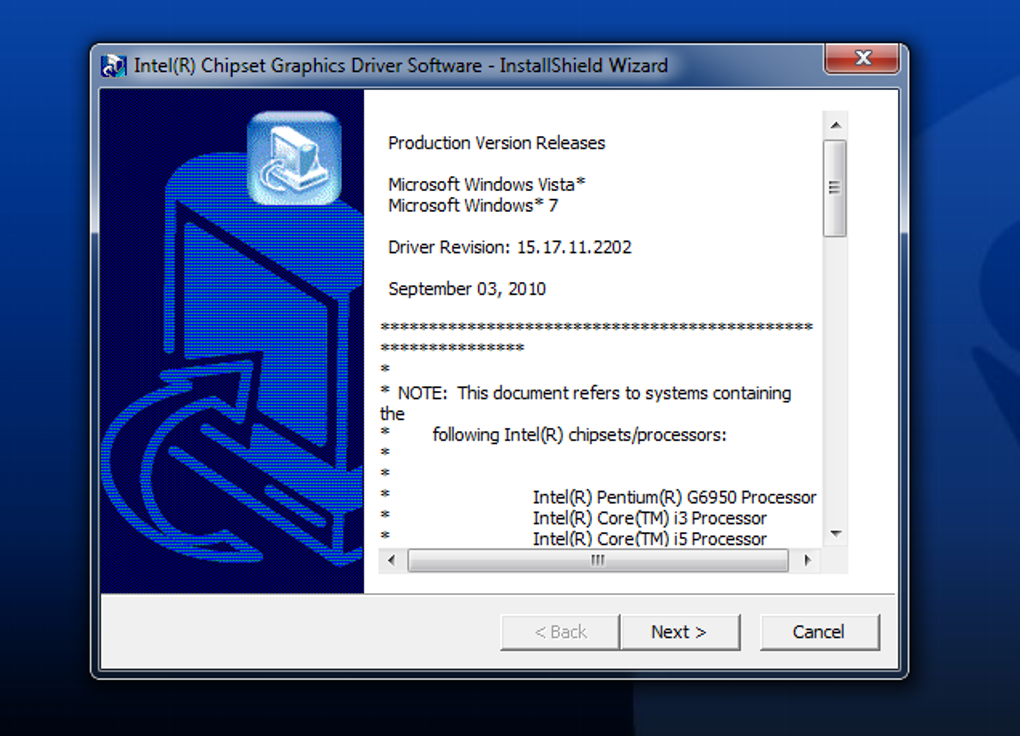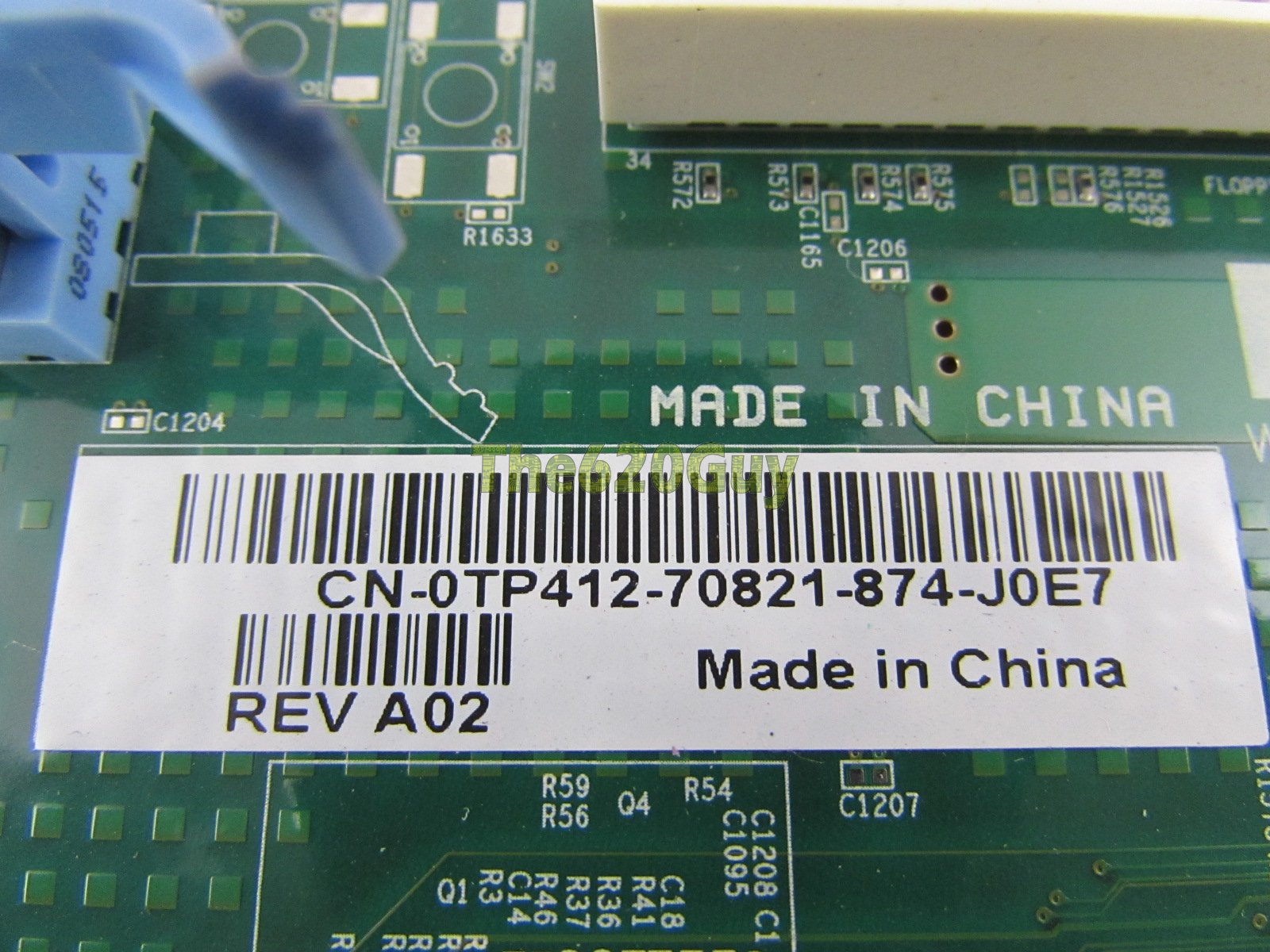Intel Core 2 Duo E4600 Graphics Driver For Mac
Bus Speed A bus is a subsystem that transfers data between computer components or between computers. Types include front-side bus (FSB), which carries data between the CPU and memory controller hub; direct media interface (DMI), which is a point-to-point interconnection between an Intel integrated memory controller and an Intel I/O controller hub on the computer’s motherboard; and Quick Path Interconnect (QPI), which is a point-to-point interconnect between the CPU and the integrated memory controller. Enhanced Intel SpeedStep® Technology Enhanced Intel SpeedStep® Technology is an advanced means of enabling high performance while meeting the power-conservation needs of mobile systems. Conventional Intel SpeedStep® Technology switches both voltage and frequency in tandem between high and low levels in response to processor load. Enhanced Intel SpeedStep® Technology builds upon that architecture using design strategies such as Separation between Voltage and Frequency Changes, and Clock Partitioning and Recovery.
- Intel Core Duo Graphics Driver
- Intel Core 2 Duo E4600 Graphics Driver For Mac Download
- Intel Core 2 Duo Processors
All information provided is subject to change at any time, without notice. Intel may make changes to manufacturing life cycle, specifications, and product descriptions at any time, without notice. The information herein is provided 'as-is' and Intel does not make any representations or warranties whatsoever regarding accuracy of the information, nor on the product features, availability, functionality, or compatibility of the products listed. Please contact system vendor for more information on specific products or systems. Intel classifications are for informational purposes only and consist of Export Control Classification Numbers (ECCN) and Harmonized Tariff Schedule (HTS) numbers. Any use made of Intel classifications are without recourse to Intel and shall not be construed as a representation or warranty regarding the proper ECCN or HTS.
Your company as an importer and/or exporter is responsible for determining the correct classification of your transaction. Refer to Datasheet for formal definitions of product properties and features. “Announced” SKUs are not yet available. Please refer to the Launch Date for market availability.
Some products can support AES New Instructions with a Processor Configuration update, in particular, i7-2630QM/i7-2635QM, i7-2670QM/i7-2675QM, i5-2430M/i5-2435M, i5-2410M/i5-2415M. Please contact OEM for the BIOS that includes the latest Processor configuration update. ‡ This feature may not be available on all computing systems. Please check with the system vendor to determine if your system delivers this feature, or reference the system specifications (motherboard, processor, chipset, power supply, HDD, graphics controller, memory, BIOS, drivers, virtual machine monitor-VMM, platform software, and/or operating system) for feature compatibility. Functionality, performance, and other benefits of this feature may vary depending on system configuration. See for more information including details on which processors support Intel® HT Technology.
Max Turbo Frequency refers to the maximum single-core processor frequency that can be achieved with Intel® Turbo Boost Technology. See for more information. The Recommended Customer Price (“RCP”) is pricing guidance for Intel products.
Prices are for direct Intel customers, typically represent 1,000-unit purchase quantities, and are subject to change without notice. Taxes and shipping, etc. Not included. Mtk usb modem drivers for mac.

Prices may vary for other package types and shipment quantities, and special promotional arrangements may apply. If sold in bulk, price represents individual unit. Listing of these RCP does not constitute a formal pricing offer from Intel. Please work with your appropriate Intel representative to obtain a formal price quotation. System and Maximum TDP is based on worst case scenarios. Actual TDP may be lower if not all I/Os for chipsets are used.
For benchmarking data see. Intel processor numbers are not a measure of performance.
Processor numbers differentiate features within each processor family, not across different processor families. See for details. Processors that support 64-bit computing on Intel® architecture require an Intel 64 architecture-enabled BIOS.

By the end of Summer, Intel's Conroe lineup will have ballooned from a meager five processors at launch to at least different 14 models. The once simple model number system is now well on its way to being the complicated mess that plagued the P4's system before it. First it was the introduction of the value E4xxx series, then the larger cache Exx20 series, followed by the even cheaper E2xxx CPUs and now the new 1333MHz FSB processors. The new 1333MHz FSB CPUs will end in the number 50 (e.g.
Intel Core Duo Graphics Driver

E6750), with the exception of the E6540 which is also a 1333MHz CPU. Although Intel isn't announcing pricing at this point, we don't expect the new 1333MHz FSB CPUs to cost any more than their predecessors; in other words, we expect the E6750 to carry the same price tag as the E6700 does.
Intel Core 2 Duo E4600 Graphics Driver For Mac Download
Keep in mind that AMD's pricing is keeping the company's lineup quite competitive with Intel below $300. You can buy all Socket-AM2 AMD processors for less than $300, resulting in great price/performance from the guys in green. CPU Clock Speed L2 Cache Price AMD Athlon 64 X2 6000+ 3.0GHz 1MBx2 $241 AMD Athlon 64 X2 5600+ 2.8GHz 1MBx2 $188 AMD Athlon 64 X2 5200+ 2.6GHz 1MBx2 $178 AMD Athlon 64 X2 5000+ 2.6GHz 512KBx2 $167 AMD Athlon 64 X2 4800+ 2.5GHz 512KBx2 $136 AMD Athlon 64 X2 4400+ 2.3GHz 512KBx2 $121 AMD Athlon 64 X2 4000+ 2.1GHz 512KBx2 $104 AMD Athlon 64 X2 3800+ 2.0GHz 512KBx2 $83 AMD Athlon 64 X2 3600+ 1.9GHz 512KBx2 $73 Note that AMD will respond with its own set of price cuts in late July to keep the landscape competitive after Intel's cost cutting measures.
Intel Core 2 Duo Processors
42 Comments. Monday, July 23, 2007 - I've been wondering how older motherboards will work with the new FSB1333 processors. Specifically I'm interested how an ASUS P5W DH Deluxe without the latest BIOS would react to having e.g. An E6750 dropped in. ASUS claims support for FSB1333 processors for the P5W DH Deluxe as of 2205 beta. Would the system boot and run using a pre-2205 BIOS (although not at peak performance), so a BIOS upgrade can be performed?
Or would the system fail to boot at all, like when the first Core 2 Duo processors surfaced and needed a BIOS upgrade to run at all on certain boards. The reason I ask this is that I've my eyes set specifically on that board (I have several reasons, ECC memory support being one of them). I had originally planned on getting an E6600 after the July 22 price cuts, but right now there's nearly no FSB1066 processor to be had locally. Also, I'd of course love to have a access to the latest processors in any case.
Tuesday, June 26, 2007 - quote: The clock speeds Intel is launching its 1333MHz FSB processors are basically the same ones that Intel first introduced the Core 2 at; we weren't FSB bottlenecked back then, thus there's no reason to expect a huge increase in performance by bumping the FSB today. Quad-core CPUs may see a performance boost, but we'll have to wait until later to find out exactly what that improvement would be If at all possible, I would like to see the impact of A) 1333MHz FSB with DDR2 B) DDR3 bandwidth C) both 1333MHz FSB with DDR3 on quadcore in multiprocessing scenarios, preferably the non synthetic ones. Monday, June 25, 2007 - It's a very valid and important request, but I do believe it's one we've already answered:) If you look back to our article on the Core 2 Extreme QX6800, I tested a Core 2 Quad Q6600 (2.4GHz/1066/quadcore) and a Core 2 Extreme X6800 (2.93GHz/1066/dualcore).
While the X6800 not quite the E6850 (3.0GHz/1333), it's close in performance so you should be able to get an idea of the performance comparison: ' To save you the trouble of looking, the Core 2 Quad Q6600 is a better buy strictly for encoding if you're doing DivX/WME encoding. Our Windows Movie Maker and Quicktime tests show the Q6600 falling behind the X6800, but for DivX encoding and heavy WME work (and potentially H.264 encoding on other software platforms) you'll be better off with the Q6600. I hope this helps:) Take care, Anand.